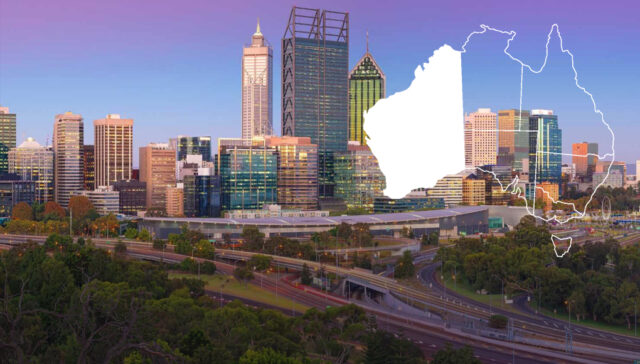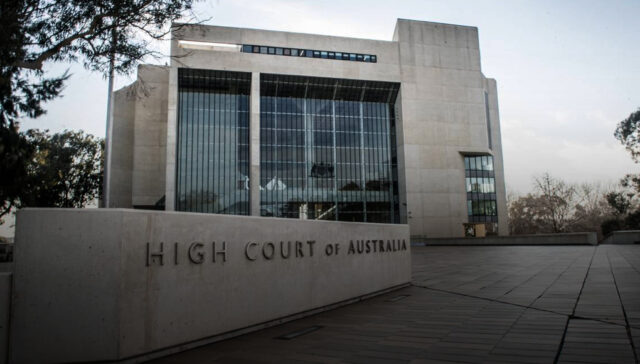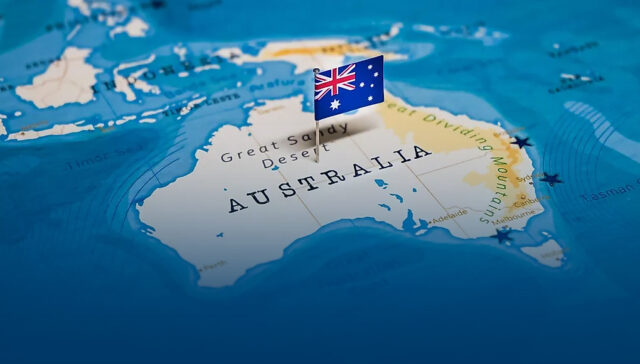Resisting centralist power – Part 3
In a speech entitled, Rebuilding the Federation, Richard Court, then Premier of Western Australia, described the tide of centralism as follows:
“All the things that the States do best are under attack from the empire builders in Canberra. The bureaucracy running the Federal education system, as you know, is large but it doesn’t teach any students. There is an equally large health bureaucracy which doesn’t treat any patients.”
Court went on to make the point that the Constitution recognised that State governments were better placed to respond to local priorities.
Many of the most stable, productive and influential nations on earth are federations.
The States are left with constitutional responsibility for education, health, housing, law and order, commerce and industry, transport, and natural resources including land and essential services. But Court noted that, with the help of the High Court, the Commonwealth now has almost complete control in some of these areas.
Benefits of Federalism
Those who live in the major population centres on Australia’s eastern seaboard may not understand the importance of local decision making in the same way that those who live in the regions and smaller States do. In a country as large and diverse as Australia it is very difficult for a political administration and bureaucracy based in a distant national capital to take full account of, and understand, the interests and needs of local communities.
As a principle not only of government, but also of life, the best decisions are taken when all the parties to the decision know and understand the issues intimately. A federalist approach that seeks to allow States to exercise power in making decisions on local matters is infinitely better than centralised decisions at a distance. Those who framed the Constitution understood this and sought to embed it in both the spirit and letter of the document.
Economic Benefits
The Productivity Commission has outlined the competitive benefits of federalism in improving performance in the Australian economy, saying:
“The competitive dimension of federalism, which provides in-built incentives for governments to perform better across a variety of areas, is operating well.”
There is an inherent competitiveness between the States that should be encouraged. State governments have a vital role to play in creating the right environment to attract and retain capital. We live in a global market environment in which competition between States will only serve to make each of them more efficient.
Those who framed the Constitution understood this and sought to embed it in both the spirit and letter of the document.
By competitiveness, however, I mean real low cost, light regulation efficiency competitiveness, not taxpayer funded inducements to lure business from one State to another.
Perhaps the most valuable attribute of successful federations is the way in which they lead to a disbursement of power that fosters democracy and restrains corruption and abuse. While the division of powers among the stakeholders may cause frustration for those who desire an unfettered capacity to determine the course of events, it does introduce important checks and balances to the political process.
There is a creative tension that comes from the consensus building required to make a federation work, in the longer term serving both the individual and common interest.
Many of the most stable, productive and influential nations on earth are federations. The reason I am such a committed federalist is because it is by far the best way to govern a large and diverse country like Australia; far better than its alternative, centralism – power and law making centralised in one place.
Whilst it may seem counter-intuitive that six (or even eight), separate State service providers could be more efficient and cost effective than one big, centralized service provider, it is true nonetheless.
Got something to say?
Liberty Itch is Australia’s leading libertarian media outlet. Its stable of writers has promoted the cause of liberty and freedom across the economic and social spectrum through the publication of more than 300 quality articles.
Do you have something you’d like to say? If so, please send your contribution to editor@libertyitch.com











